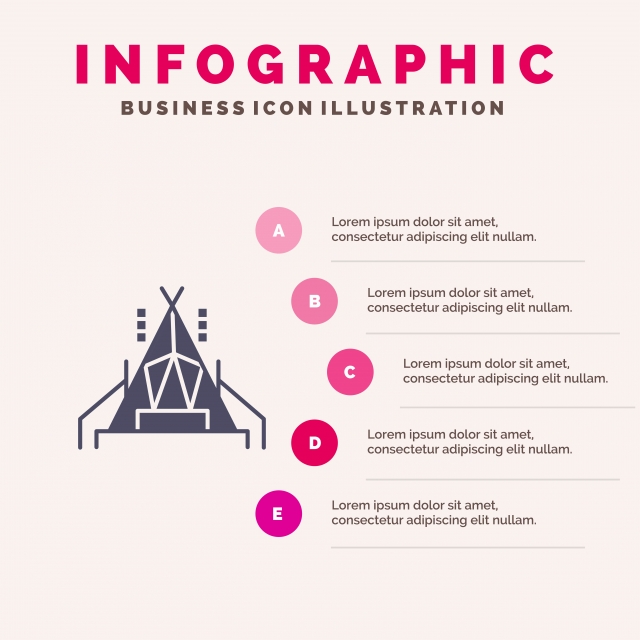Corner angles are very important elements in building and construction and design jobs. They provide strength, sturdiness, and flexibility. They are also easy to mount and can hold up against numerous ecological aspects.
Contractors make use of numerous sorts of angles to produce strong, steady frameworks. Some of these angles are for visual appeals, while others are made use of to enhance accessibility and feature.
Strength
The stamina of steel angles is crucial for ensuring that frameworks are risk-free and can withstand hefty lots. These elements can be utilized for a variety of projects, from enhancing light beams and columns to producing frameworks for shelving and fencing. They are additionally excellent for producing support structures in commercial settings.
Rounded inside corners are an important part of modern design and style, as they help to disperse stress and anxiety uniformly across the product. This can make a product stronger and less most likely to break or fail, specifically in products such as glass, stone, and floor tile.
Spherical corners in rotomolded components likewise help to lower anxiety concentrations, which can lead to architectural weaknesses and poor quality. Therefore, Gregstrom Company recommends that developers use rounded edges when developing rotomolded parts. These functions will certainly improve the general high quality of the ended up product and help to make sure that the shaped component is solid, sturdy, and lasting. This will minimize the demand for repairs or replacements gradually.
Longevity
Bent inside corners are a vital element of modern-day design and layout, and they can significantly boost the security of frameworks made of stone or glass. They additionally assist to equally distribute tensile and compressive forces, which minimize the probability of fracturing or damage.
These angles are crucial to our everyday lives, making it simpler for us to move around in our surroundings. For example, mobility device ramps, stairs, and doorways are developed with accurate angles to guarantee security and availability. Furthermore, the ideal angle is made use of in bridges and structures to make certain architectural honesty.
In geometry, an angle is the factor where 2 rays satisfy. It is likewise known as a vertex. The four corners of a square have an internal angle of 90 degrees. However, the term is frequently used to describe any type of edge. As an example, in image structures, the leading and lower rails need 45 degree mitre cuts. This is because the board widths are different.
Versatility
While the appropriate angle is one of the most usual kind of angle, other types can create unique, useful, and aesthetically attractive structures. Whether you're developing a modern coffee table or an industrial-style home, using different angles will certainly assist you accomplish the desired aesthetic.
You can make use of light weight aluminum angle to make custom-made brackets for securing and reinforcing your tasks. These braces are lightweight and strong, so they can withstand hefty tons and tensions. They also can be found in a selection of sizes and shapes, making them a versatile choice for a variety of tasks.
Numerous modern structures utilize rounded inside corners to raise structural stability and longevity. These bent corners disperse tension throughout the structure to stop vulnerable points and cracks. This is an important factor to consider for building contractors and professionals, especially when collaborating with hefty materials like rock or ceramic tile. Creating a bent corner can additionally boost the lifespan of the product and decrease upkeep expenses. It's important to pick the best angles for your task, and to make sure that they are properly mounted to prevent any possible problems.
Cost
Rounded inside corners are a crucial element of modern style and engineering, as they play an essential function in raising framework security and sturdiness. They also help reduce stress distribution and decrease breakage. On top of that, they can enhance the aesthetic appeal of a framework.
The word "corner" usually, however not constantly, refers to a 90 level angle. In geometry, however, the term "angle" is really a factor where two lines or sides satisfy (or converge). These points are called vertex, and they can be straight or bent.
Using a curved mitre in an image frame, cotton canvas for instance, calls for careful computation. The mitre angle is based upon the width proportion of the board at each edge. If the boards are of equal size, after that they will each need a 45 level mitre. If the boards are larger, after that they will certainly each require a different angle. This circumstance is common in customized structures, where the top and bottom rails are usually wider than the side rails.
